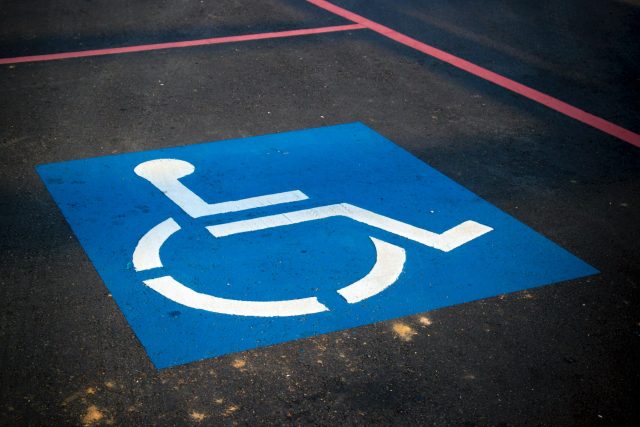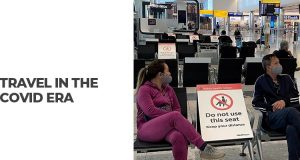
Accessible transportation is a cornerstone of inclusive communities, offering more than mere mobility. It represents freedom, independence, and equality. Among the various modes of transport adapting to this inclusive approach, accessible taxis have emerged as a crucial element in urban mobility. They bridge the gap for those who find traditional public transport systems challenging, ensuring that everyone can navigate the city with ease. This article delves into how accessible taxis are shaping the landscape of community inclusion, from technological advancements to policy frameworks, highlighting their transformative impact on society.
Understanding Accessibility in Public Transit
Accessibility in public transit is not merely about providing transportation services. It’s about ensuring these services are inclusive, allowing people of all abilities to navigate urban environments with ease and dignity. Accessible transit is crucial for social inclusion, employment opportunities, and the overall well-being of individuals with mobility challenges.
The Role of Accessible Taxis in Urban Mobility
Accessible taxis play a pivotal role in urban mobility, particularly for those who find conventional public transport challenging. They fill a critical gap by offering personalised, door-to-door service. This not only enhances the independence of individuals with disabilities but also contributes significantly to the overall fluidity of urban transportation networks, benefiting the community at large.
Technological Advancements in Accessible Transportation
In the realm of accessible transportation, technological advancements are reshaping the landscape. Notably, the availability of a wheelchair-accessible taxi for sale online at Cab Direct has marked a significant milestone. These wheelchair-accessible taxis are not just vehicles; they are lifelines for those requiring mobility support. With features designed to cater to a diverse range of needs, they represent a leap forward in inclusive transport solutions. Moreover, the ease of finding a wheelchair-accessible taxi for sale enhances the availability and convenience for providers to upgrade or expand their fleets, further promoting accessibility.
Challenges and Opportunities
Despite advancements, challenges persist. High costs of conversion and maintenance for accessible taxis can be a hurdle. However, this also presents opportunities for innovation in cost-reduction and funding models. The increasing demand for wheelchair accessible taxis indicates a market ripe for growth and further development, signalling a positive shift towards more inclusive urban transportation.
The Global Perspective: Accessible Taxis Around the World
Globally, the approach to accessible taxis varies greatly. In some cities, stringent regulations ensure widespread availability, while in others, the market is still nascent. Learning from global best practices, such as the widespread availability of accessible taxis in cities like London and New York, can guide other urban areas towards better inclusivity.
Policy and Infrastructure: Paving the Way for Inclusion
Effective policies and robust infrastructure are the bedrocks of inclusive transport. Government initiatives that support the integration of accessible taxis into public transport networks can significantly enhance their effectiveness. Investment in infrastructure, such as accessible streets and transport hubs, complements these policies, creating an environment where accessibility is the norm, not the exception.
Moving Forward: Next Steps in Promoting Inclusive Mobility
The journey towards inclusive mobility is ongoing. Continuous dialogue among stakeholders, including users, service providers, policymakers, and manufacturers, is crucial. Emphasising the need for more wheelchair accessible taxis and pushing for policies that support their integration and affordability remain key. By working together, we can ensure that mobility in our urban spaces is a right accessible to all, paving the way for a more inclusive future.













